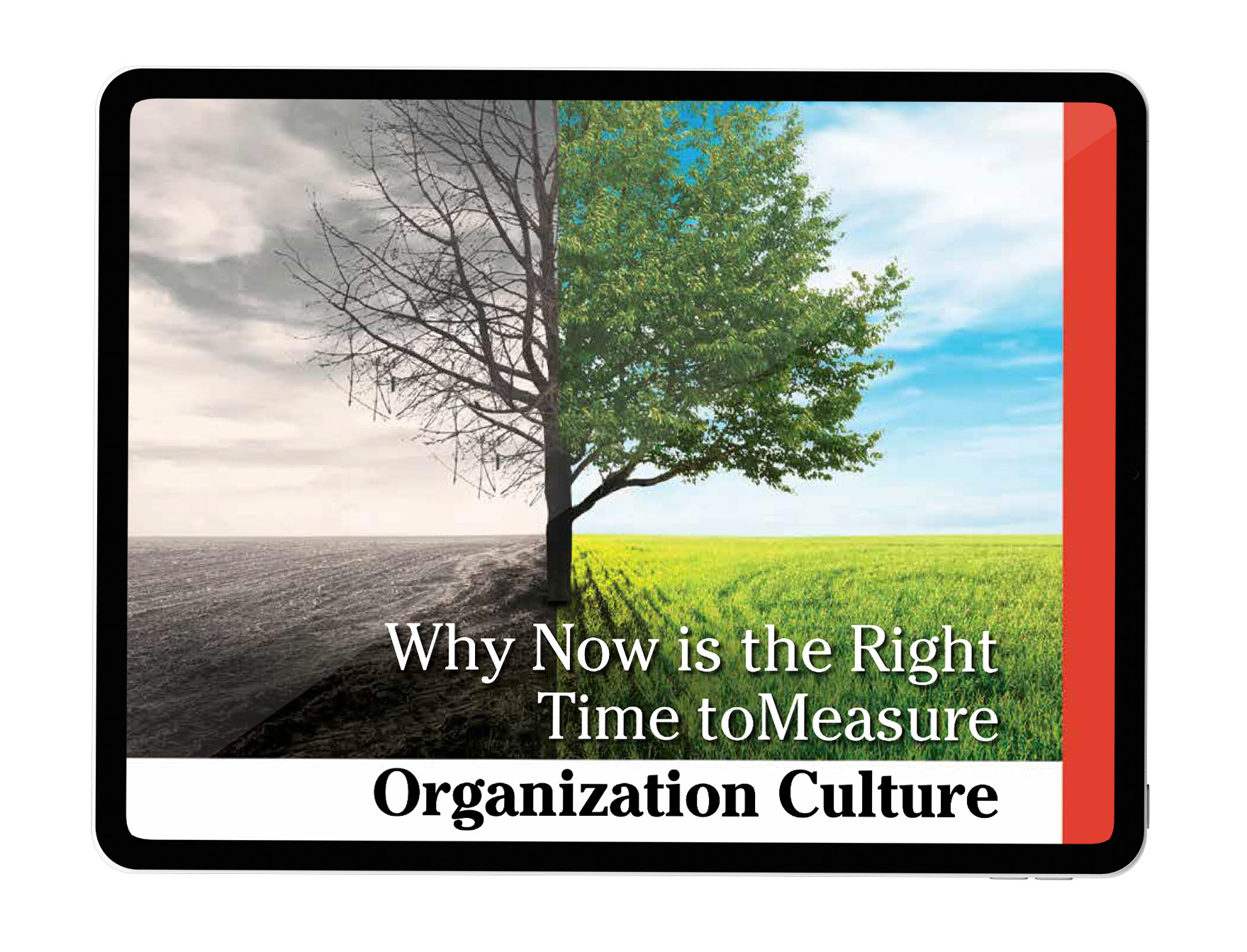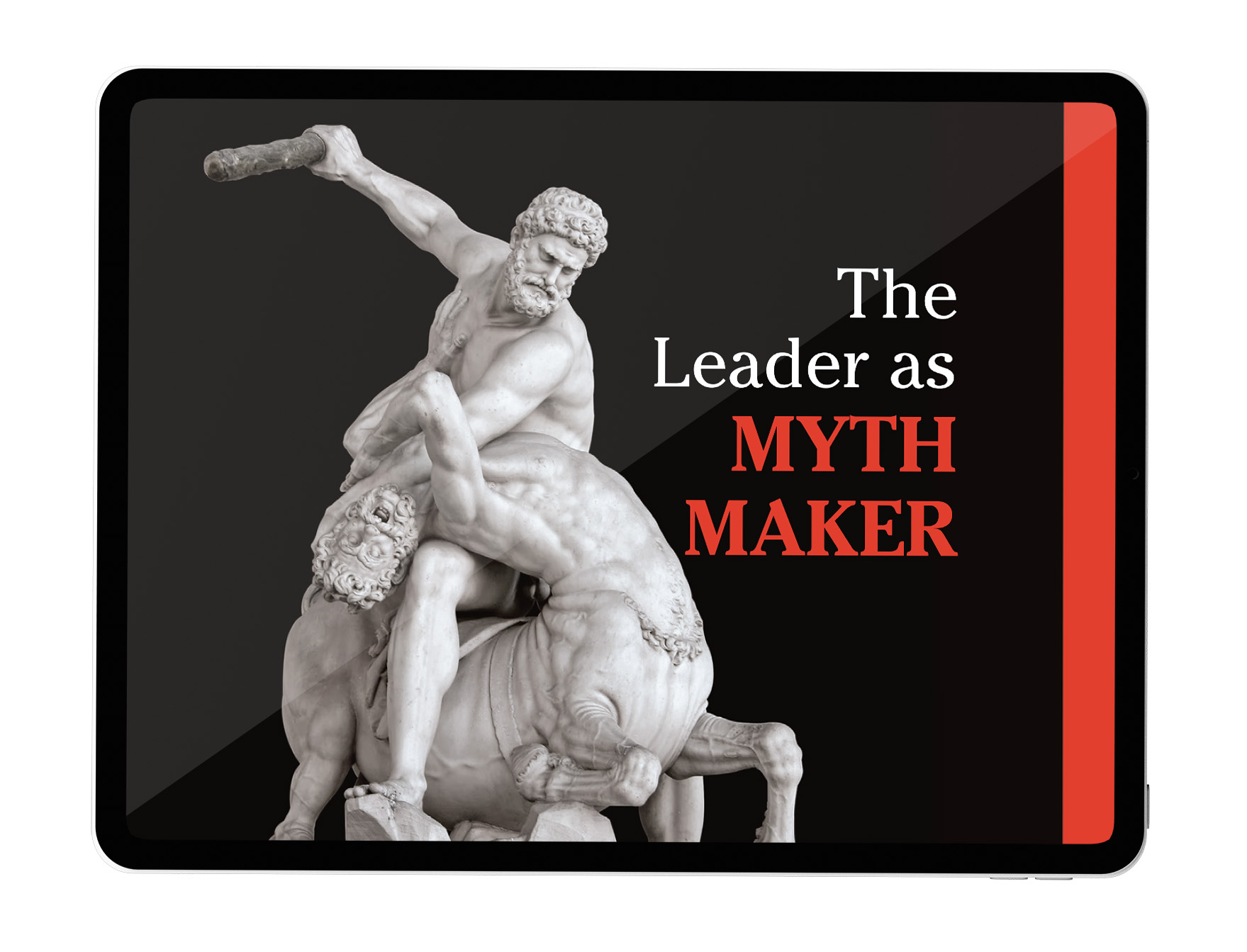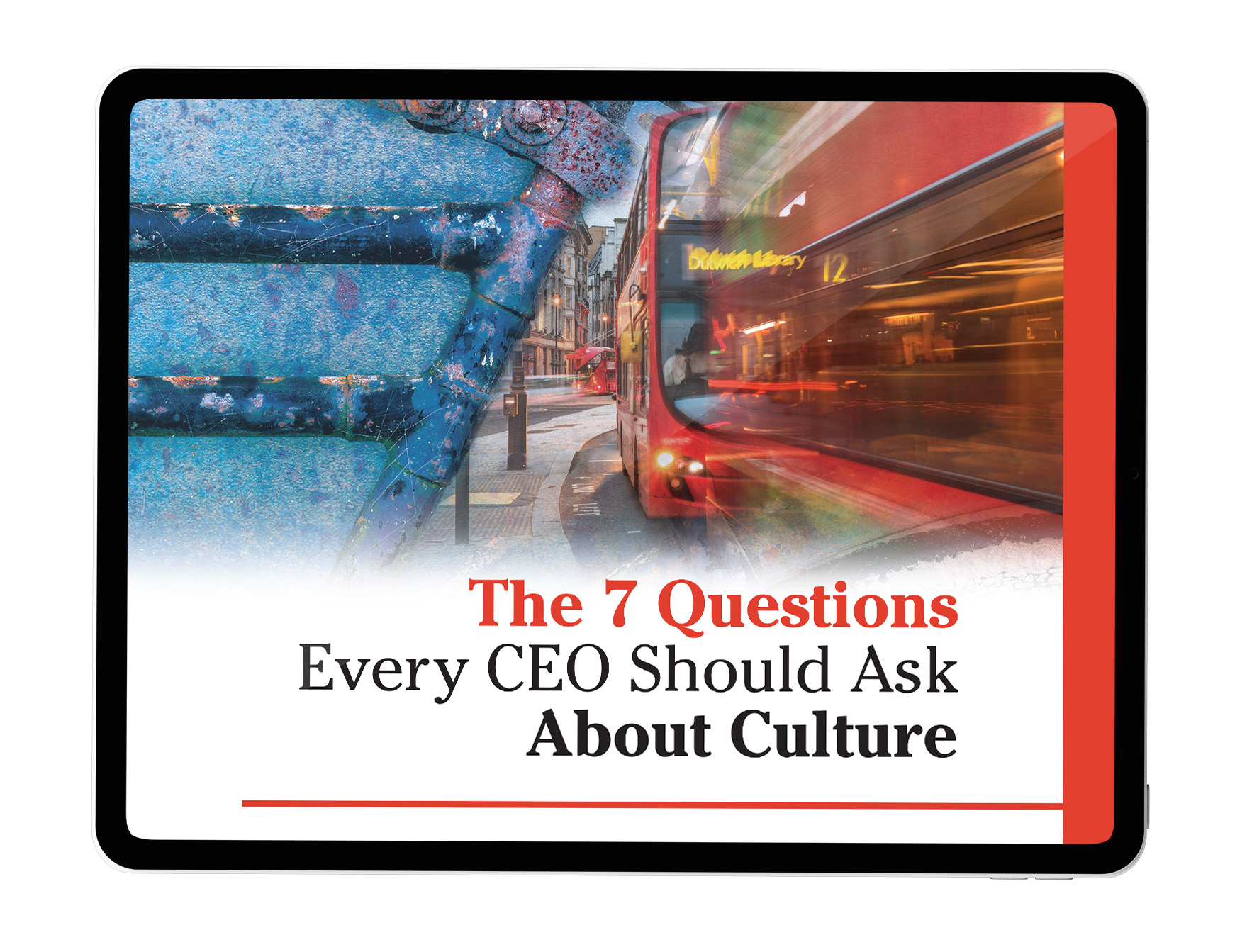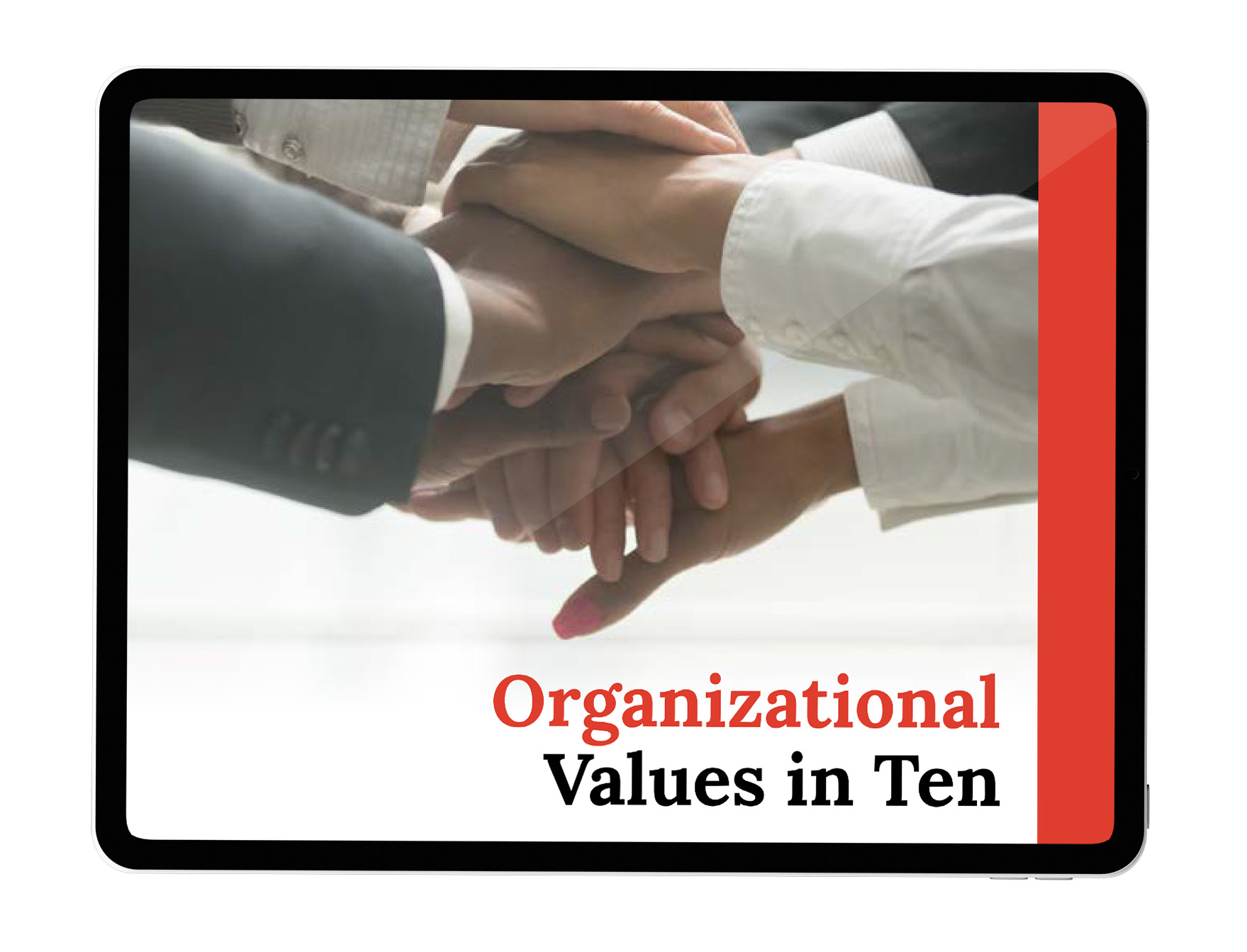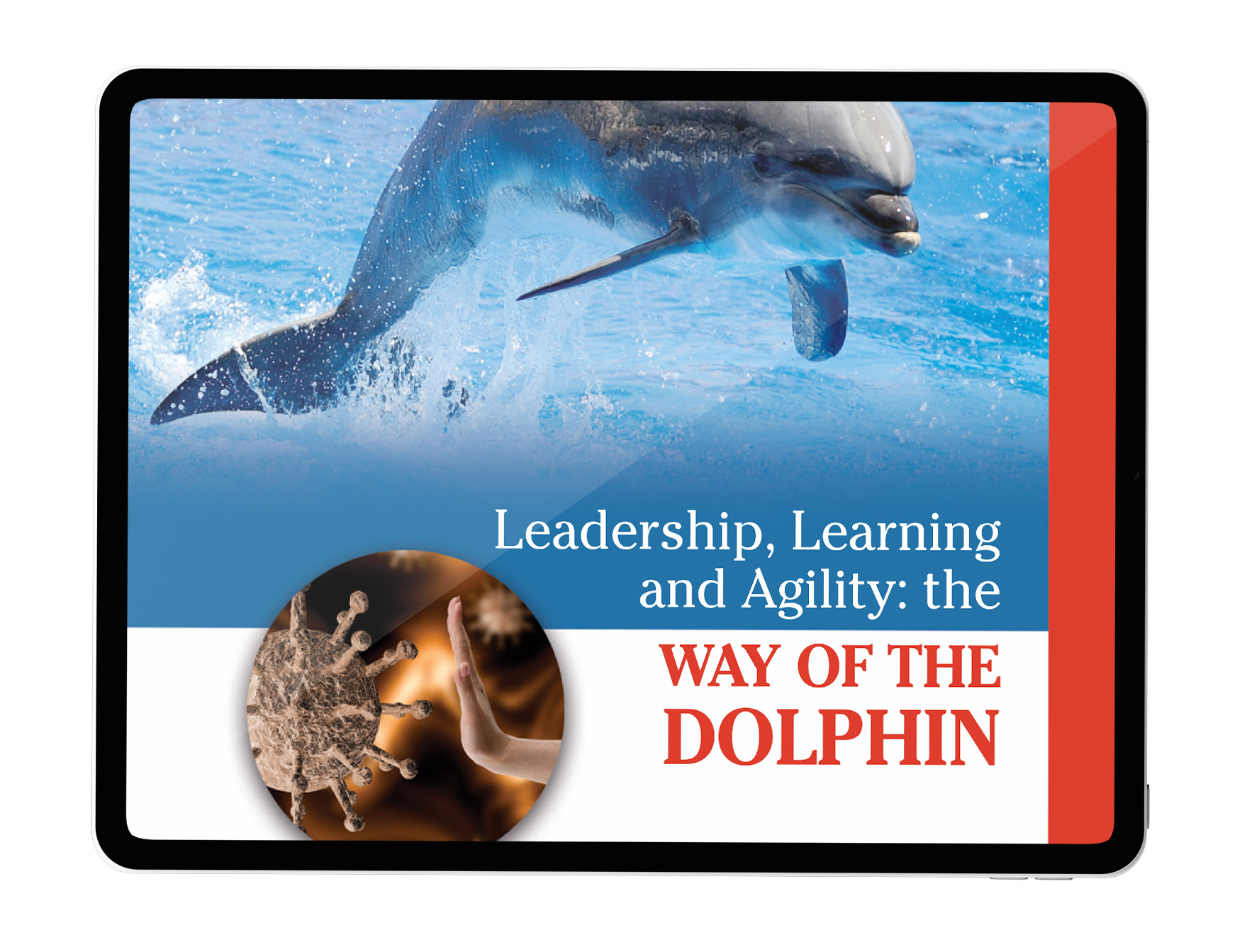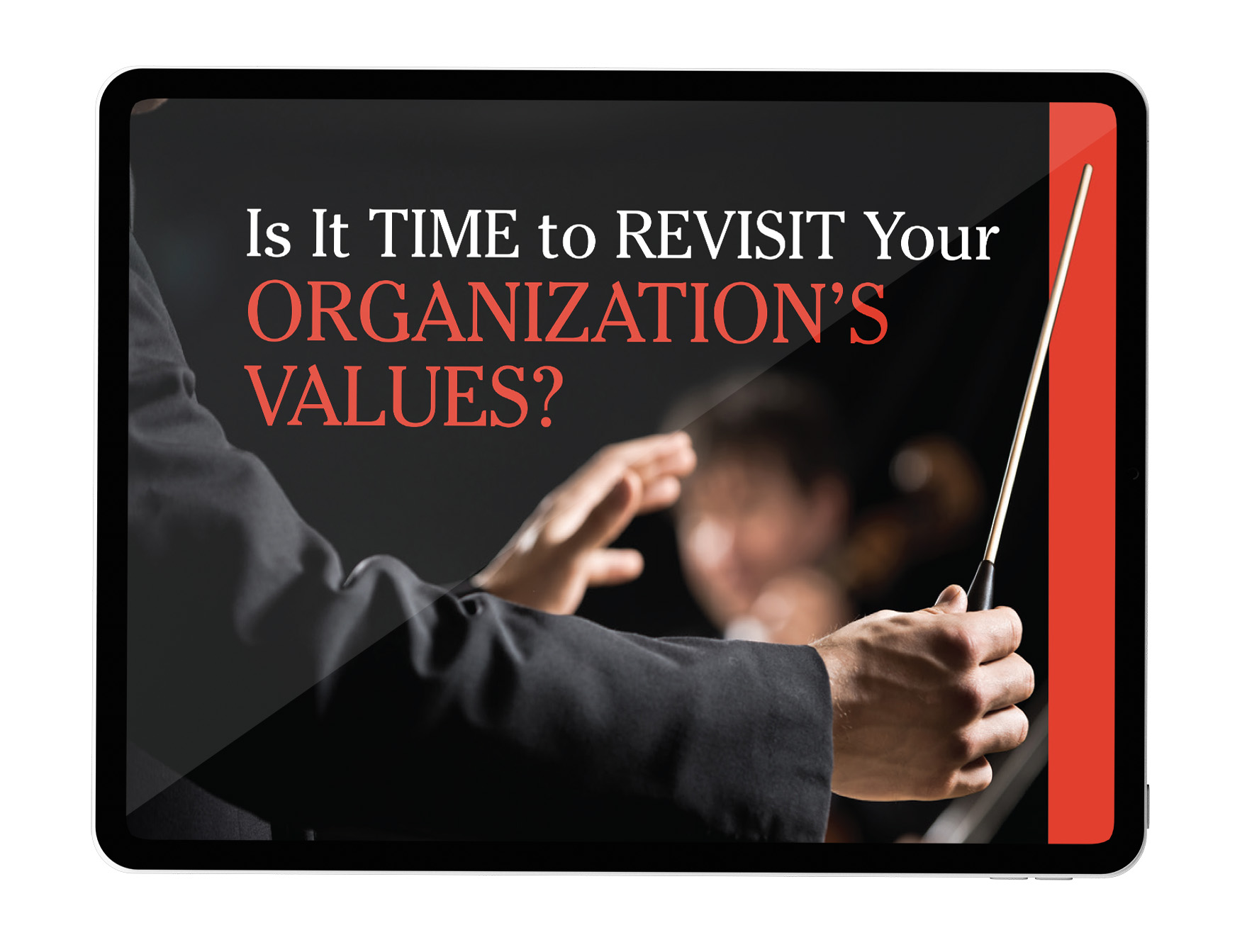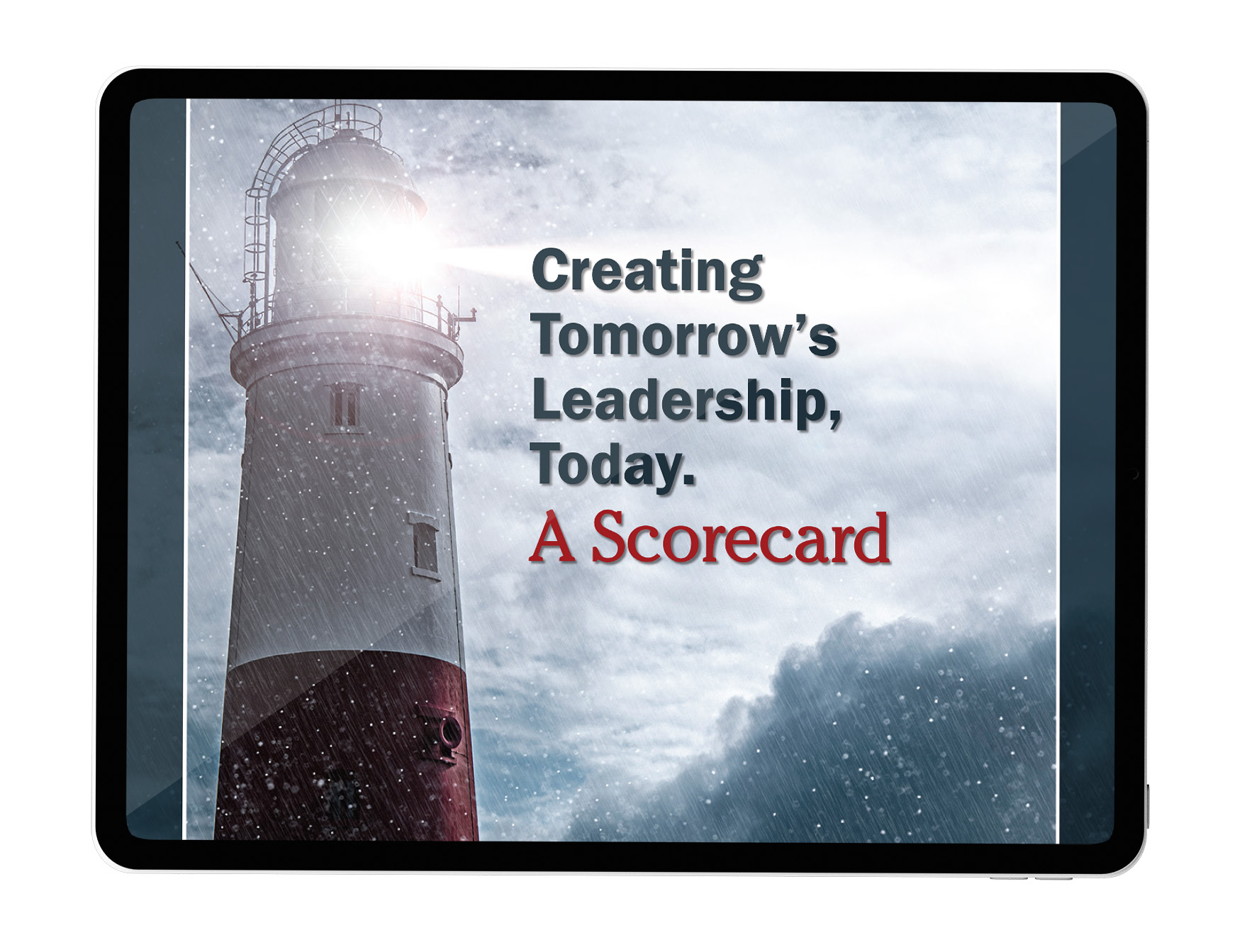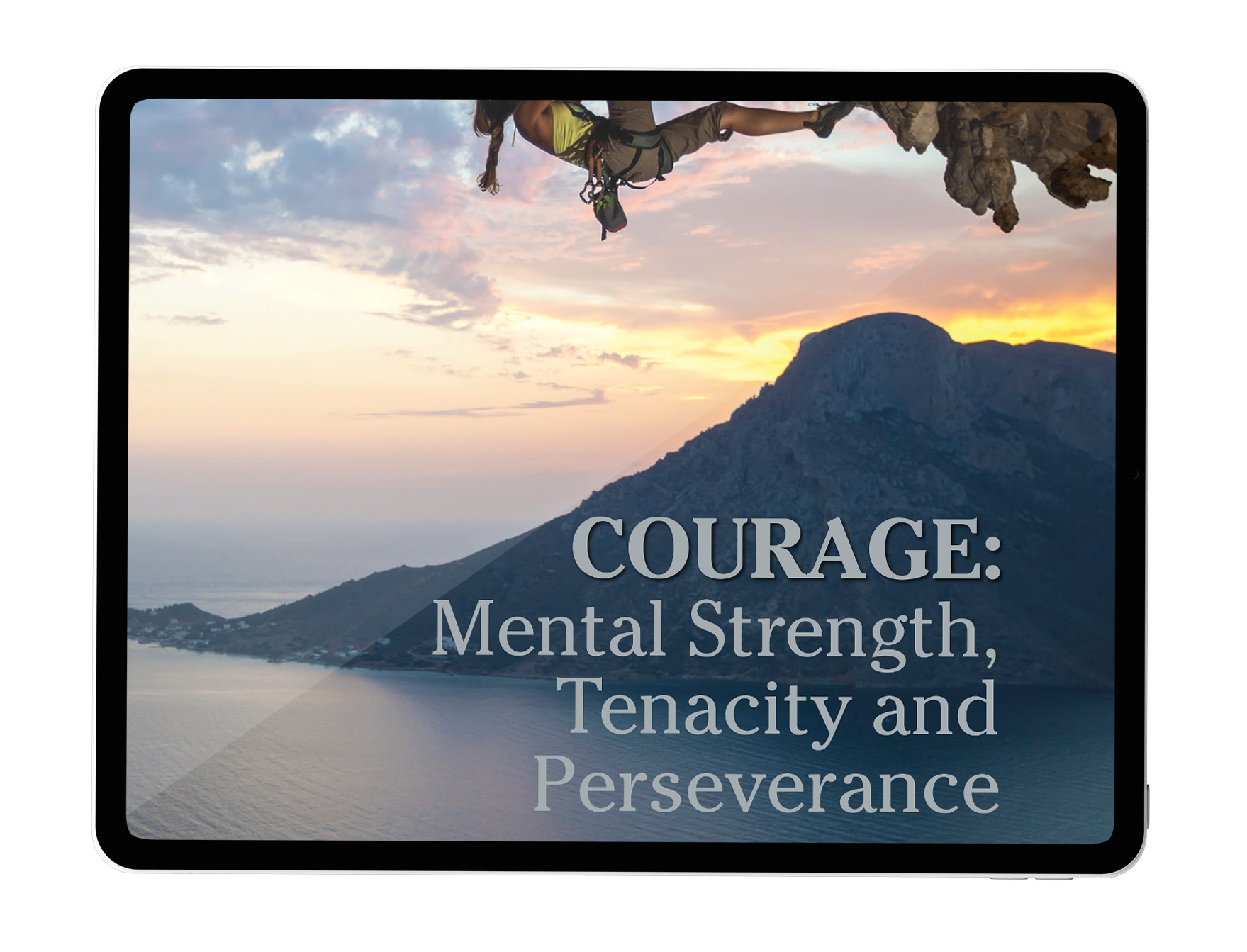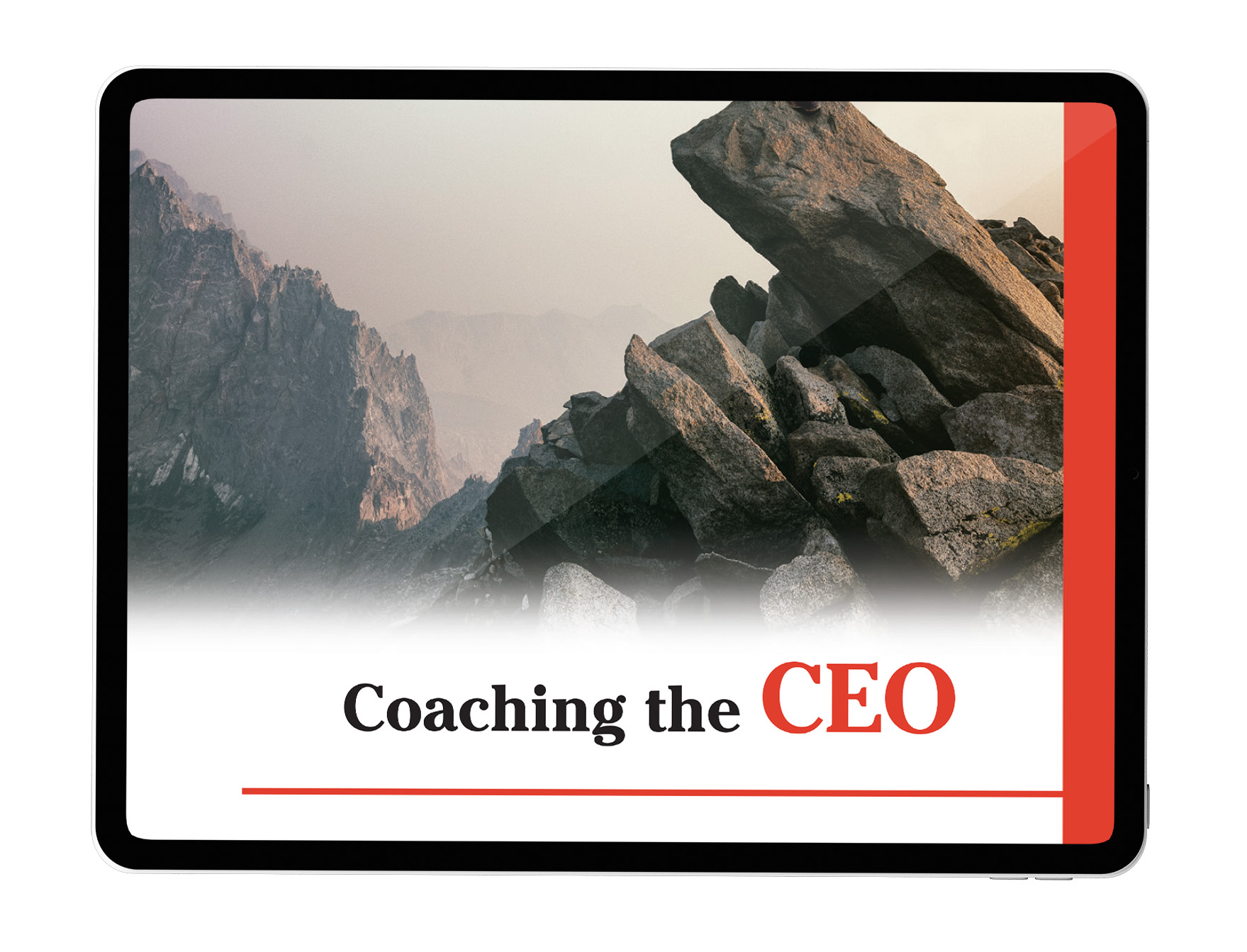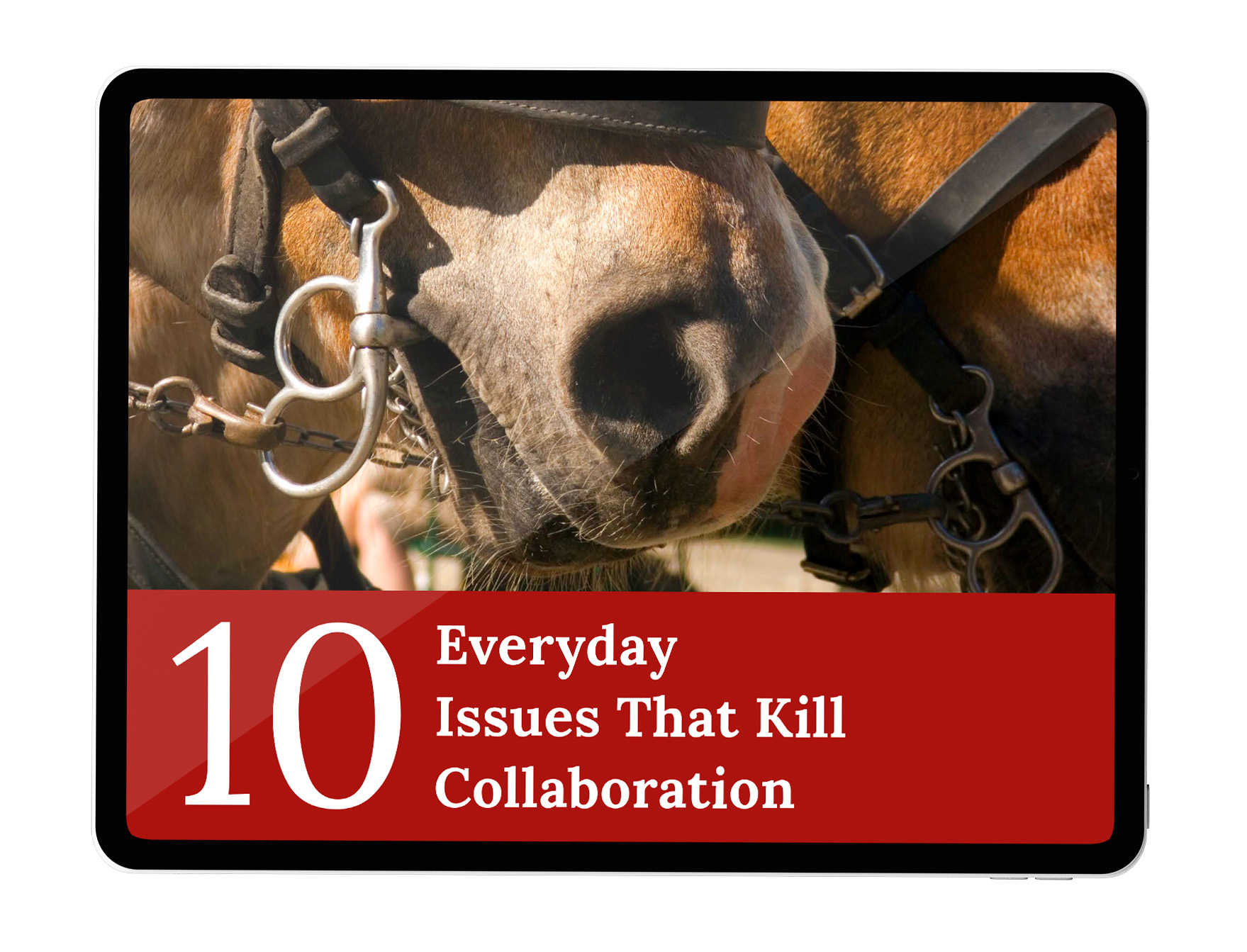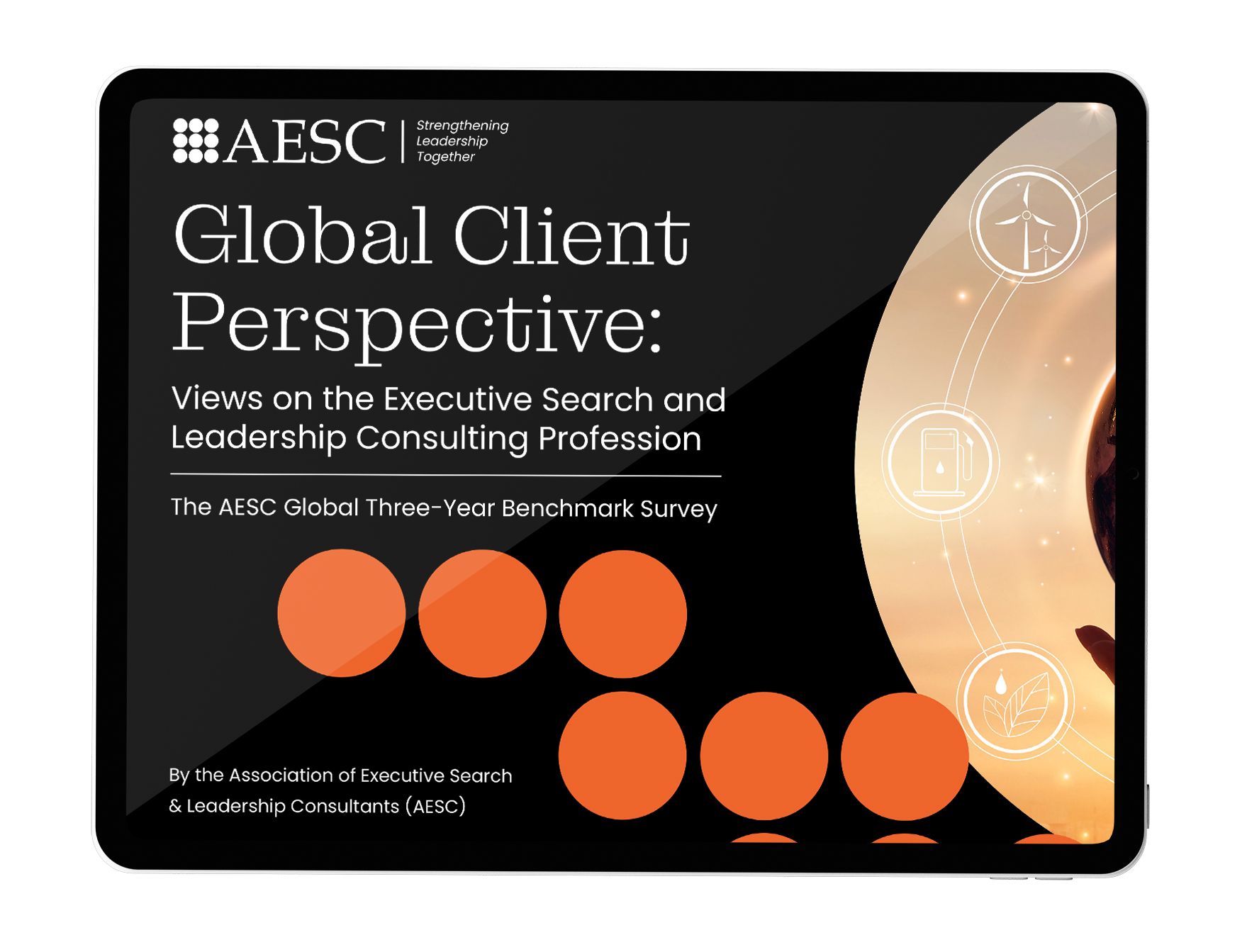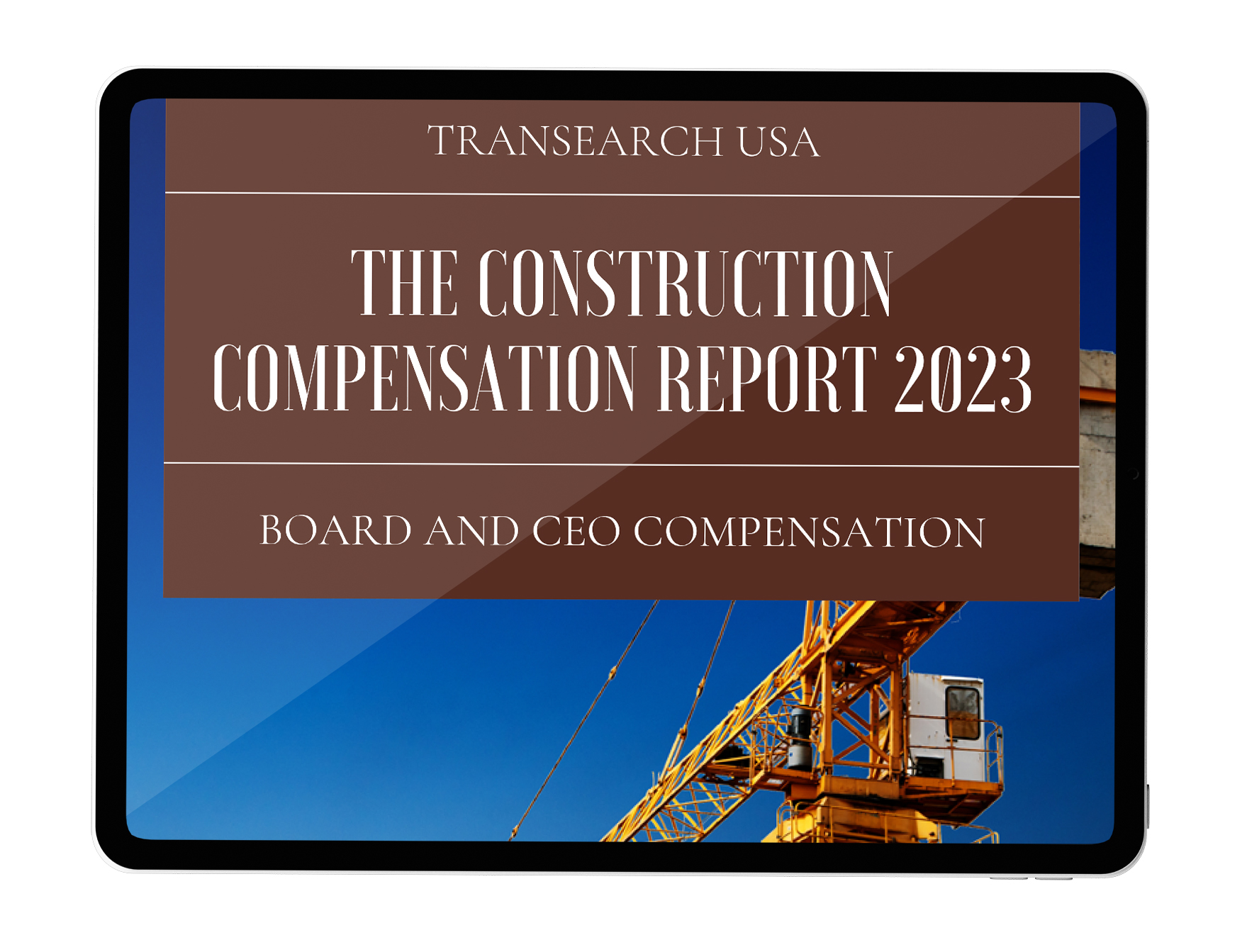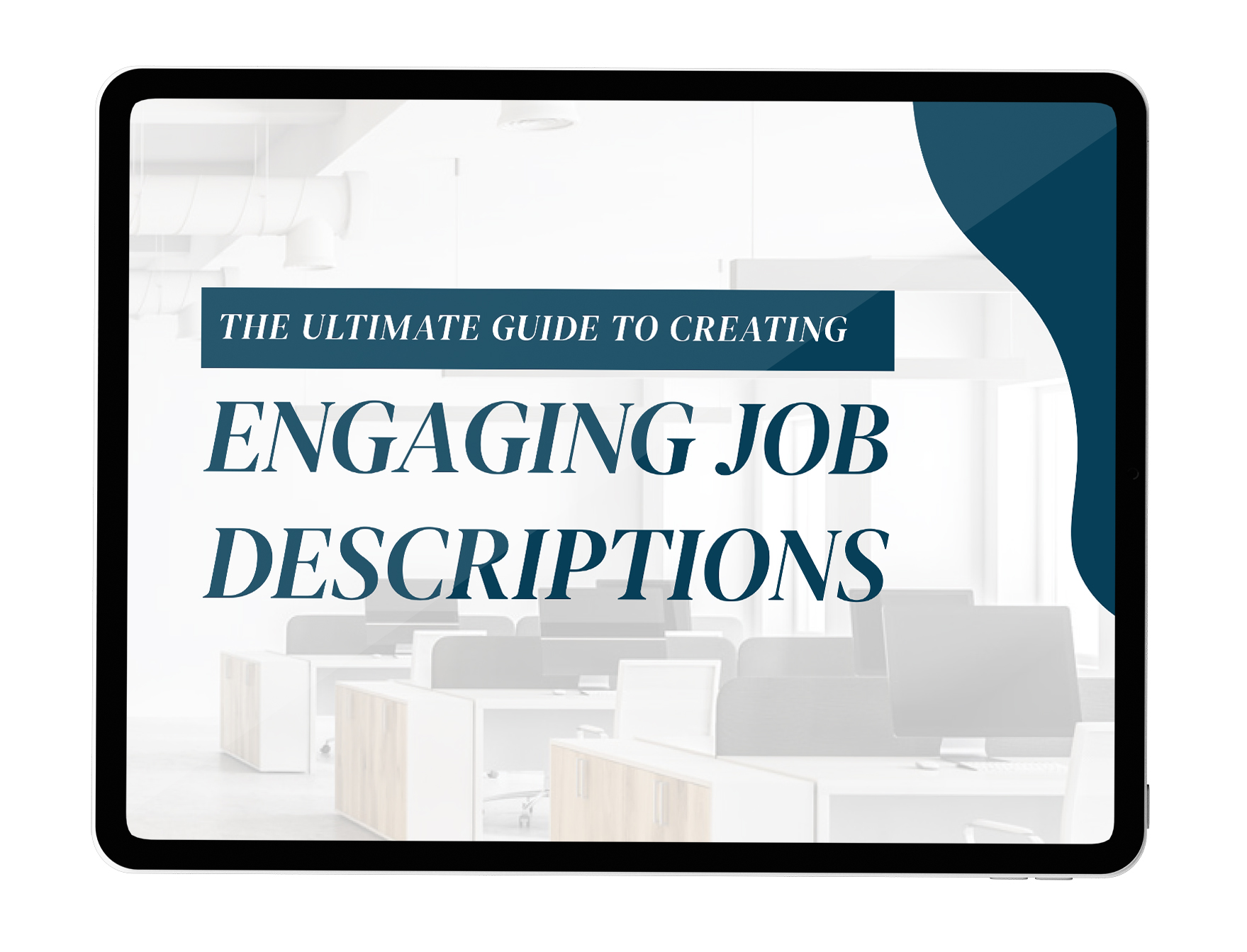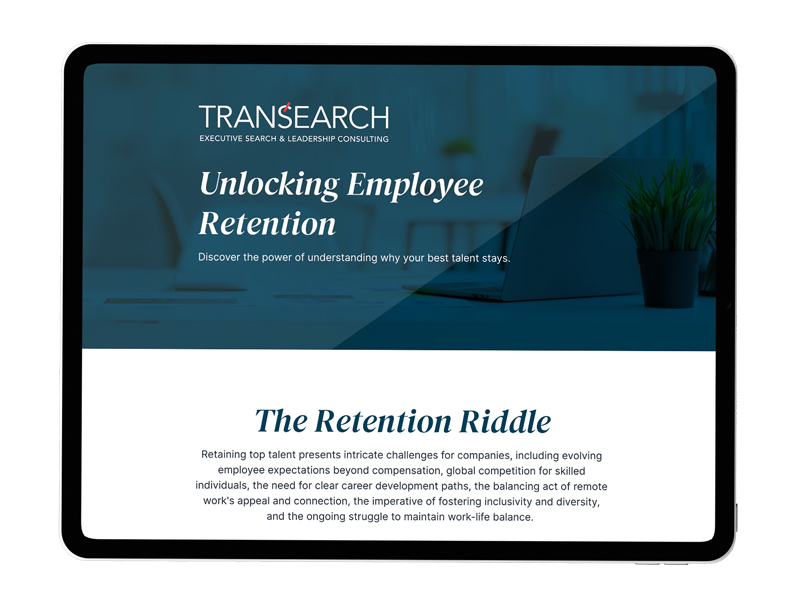HR headlines often highlight negative trends like resignations, talent shortages, and burnout. But there is a positive, fascinating story making a real difference – the growth of roles in Diversity, Equity & Inclusion (DEI).
Since 2015, executive diversity and inclusion job titles have grown exponentially, jumping by 113%. What’s more, nearly 40% of Fortune 500 companies now have executives dedicated to DEI.
The spike is not only occurring at the C-suite level but also for diversity and inclusion positions across all levels of organizations. To that end, after an initial dip at the start of the pandemic, diversity-specialized positions have risen by 55%.
“Employees are expecting employers to not only talk the (DEI) talk but also walk the walk,” Glassdoor senior economist Daniel Zhao told the Society for Human Resources (SHRM), noting a Glassdoor survey found 76% of job candidates look to diversity as key criteria when evaluating job opportunities. “Economic research suggests that pressure and awareness from employees may be spurring companies to back up their commitments with action. The …hiring for diversity-and-inclusion-related jobs is a meaningful signal of a deeper and more sustained investment… to find, hire and retain specialized talent.”
In addition to the push from employees, a huge driver is from Boards, investors, and executive teams, who recognize the tangible value diversity brings to their company’s cultural, financial, and creative success. As noted in a McKinsey report, “the business case for gender equality, diversity, and inclusion is strong and growing stronger.”
Indeed, businesses with diverse workforces are more profitable. Diversity of thought and experiences fosters innovation. Companies with robust DEI programs garner strong brand recognition. And overall, DEI arms organizations with a competitive advantage, bolstering employee attraction, retention, and engagement. That’s why major global corporations, including Walmart, Zoom, Gucci, and Salesforce, have created roles like Chief Diversity Officer and Chief Culture, Diversity and Inclusion Officer, to captain the DEI ship.
While this momentum is exciting, we want to help ensure DEI captains have the navigation tools and the supporting crew to steer the ship no matter how choppy the water becomes. So here are 4 key tips on how to set up DEI leaders for success.
1. Recruit seasoned people with broad backgrounds
At Walmart, the executive who leads DEI has a long track record as an IT leader. Gucci’s former head of DEI used to be the firm’s COO. And Salesforce Chief Equality & Recruiting Officer Tony Prophet has a strong background in marketing. The theme with these leaders is their broad experience, not just DEI experience.
Why is this essential? Because being a DEI executive requires someone who has a dearth of skills and expertise – someone who is dynamic, versatile, and strategic, who will have real influence and be a practical change agent, a core foundation of DEI.
2. Active contributors to C-suite teams
A C-suite diversity executive should be a highly placed member of your senior leadership team. They should have ongoing, direct access to your CEO and other leaders who shape the strategic direction of the company. Ideally, they will be a direct contributor to your strategic plan. This clout will help cement DEI as an integral foundation of your company culture.
Additionally, it’s pivotal for your DEI chief to work in close partnership with other members of your executive team. Some organizations have their diversity head reporting to the CHRO and others to the CEO. You’ll evaluate what makes the most sense for your organization’s structure. What’s essential is that they have the authority and means to collaborate closely with HR, the legal team – especially as it relates to pay equity and company policies and procedures – along with the head of corporate communications, as these areas and the most relevant and potentially impactful.
3. Money and supporting cast
Diverse recruiting. Unconscious bias training. Anti-racism education and programs. These initiatives and much more will fall under the purview of your diversity executive and they most certainly cannot manage this all on their own, nor can they execute without sufficient financial support. For any leader to be successful, a strong, supporting crew and a robust budget will enable them to turn the vision into action.
The budget of a head diversity officer will vary from one organization to the next, so be meticulous about what they will need money for and other types of resources required. It may help to look at your HR team as a guide. For example, HR has resource(s) for recruitment. Full-time training staff. Someone with a strong general function, which in this case would be a DEI Specialist. The executive will likely need a coordinator or an administrative assistant. And it’s important to have money for external diversity programs, such as development experiences and/or participation in DEI conferences, events, and association groups.
4. Set metrics and aim for continuous improvement
We often say, ‘if you can’t measure it, you can’t manage it,’ and that adage applies to DEI as it does to all key business areas. Using DEI metrics to assess your organization’s endeavors and then acting on the data you collect is pivotal for advancing the DEI mission. The DEI lead should be charged with determining the core metrics that you want to track. So what are the fundamental DEI metrics to monitor?
You need to have a solid grasp of employee demographics across the company, to see how diverse your team is today. This can help set targets or general goals to achieve, both in terms of recruitment and promotions. We also encourage you to have metrics for candidate demographics.
Once you have the aforementioned metrics and start implementing some new strategies to further DEI, start measuring promotion rates across different groups and how they compare to your general employee advancement rate. For other internal and external DEI programs, track participation/attendance rates and implement continuous improvement tactics over time.
Last but certainly not least is tying DEI directly to financial performance. For example, let’s say you launch an accelerated leadership program for women of color. In addition to assessing how many women complete the endeavor, you must measure if/how this program is elevating financial and business outcomes. For instance, see if it correlates with improved performance by these employees, if it is translating into sales growth or links directly to a revenue per employee calculation.
Hiring diverse executives is a long-term investment with enduring benefits. By employing a robust recruitment approach, empowering the right person with the right resources, and setting realistic metrics, your organization stands to gain a great deal.






















